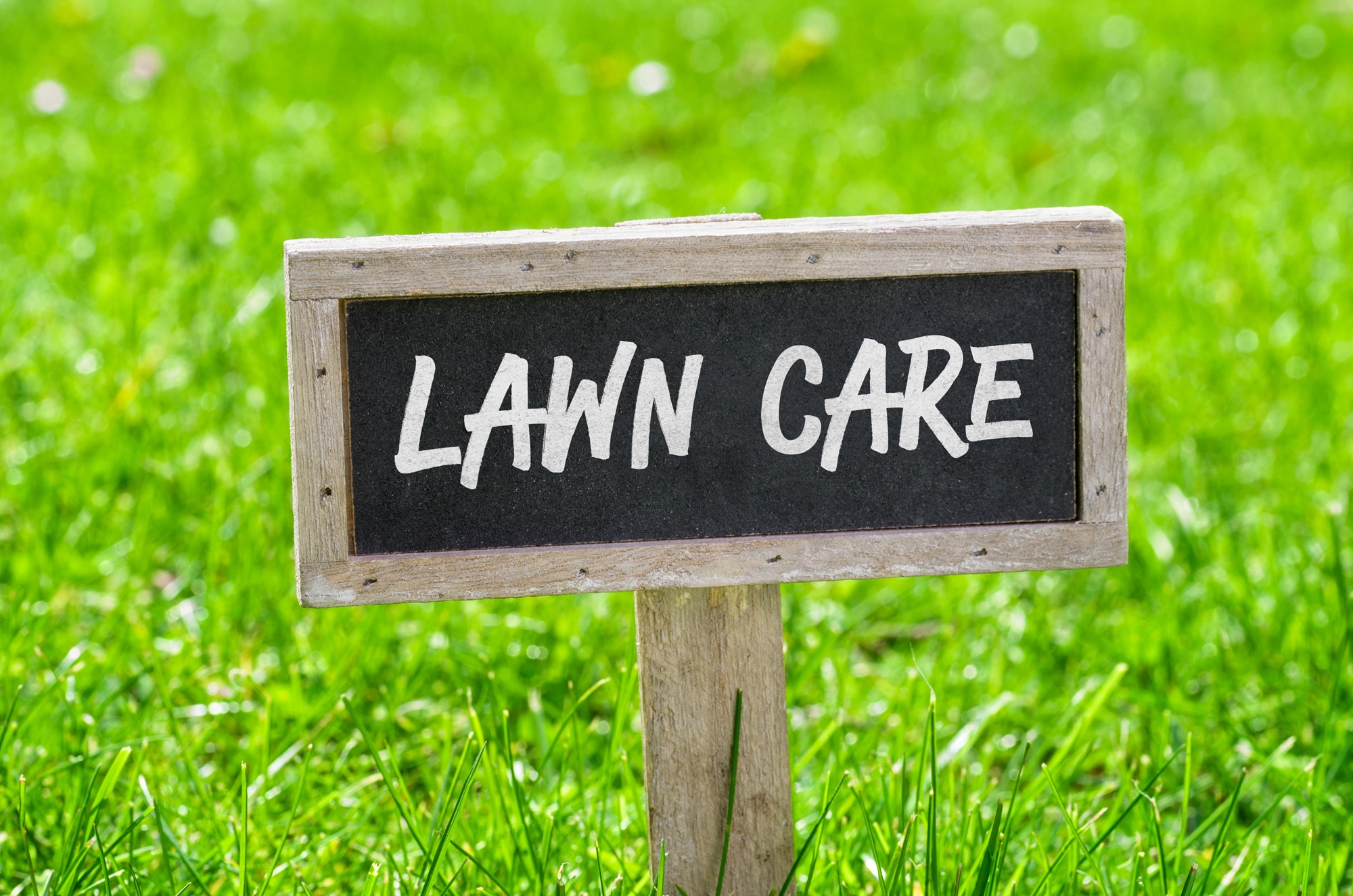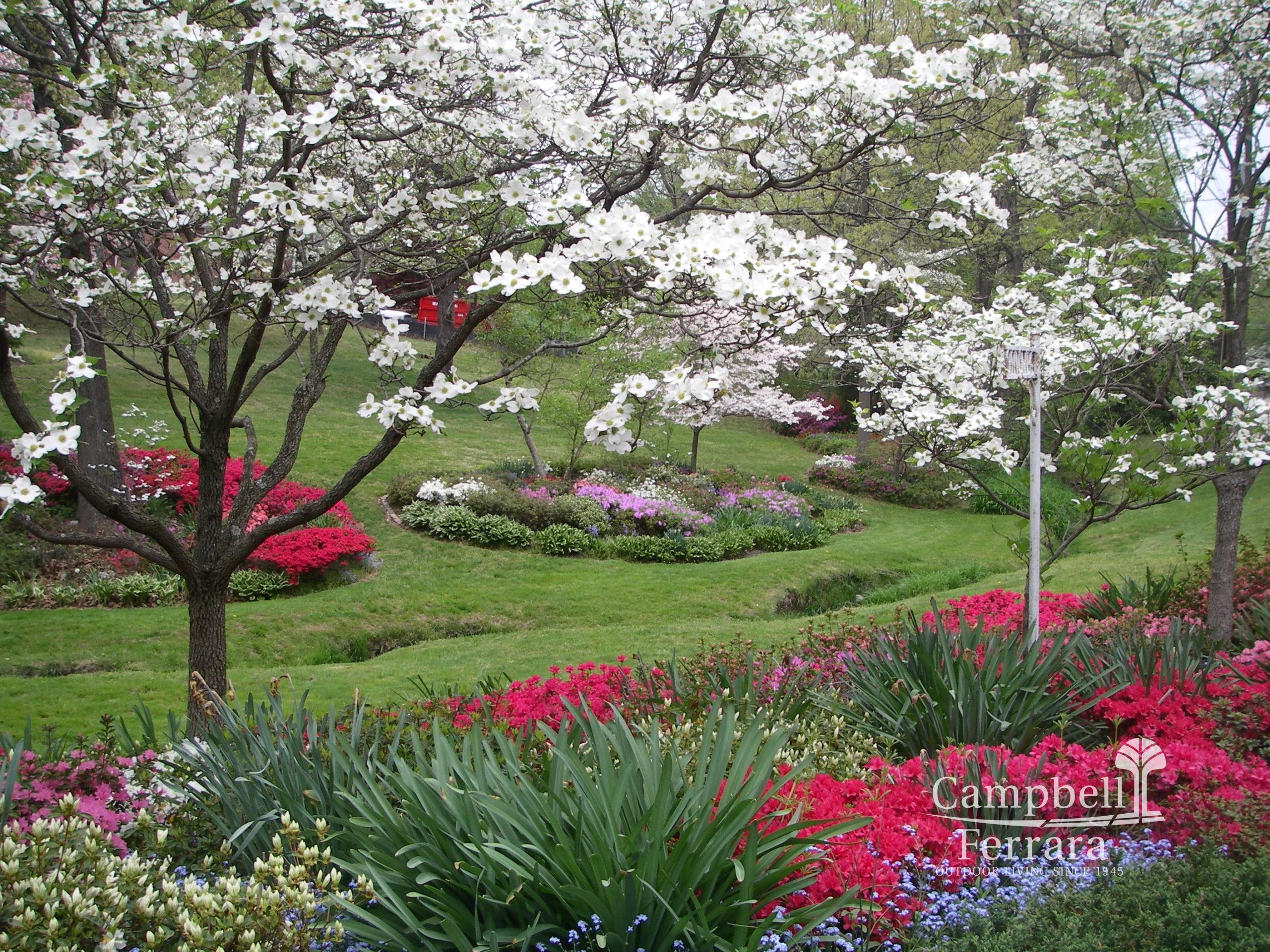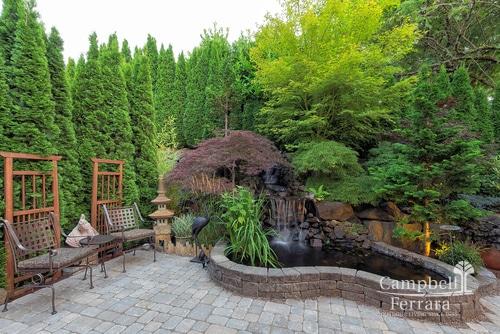
Taking care of your lawn now before it starts to grow ensures that you can enjoy it throughout the year. Cool season grasses like fescue, bluegrass and rye have a moderate growth spurt in the spring and a big one in the fall. Warm season grasses like Zoysia, St. Augustine, centipede and Bermuda start off slower, but they really get going by midsummer. If you want lush grass all year, it is important to feed them so that they have plenty of nutrients.
Clean the Yard
After the harsh winter, you need to clean the yard. It is best to do it after the ground has dried out from any winter moisture. While you will want to rake the yard, do not be too harsh. Areas where water has built up over the winter months need to receive special attention so that new growth grass does not mold.
Control for Weeds
On those first warm days at the end of February put a pre-emergent weed control down to stop weeds from germinating. A pre-emergent herbicide stops the weed from growing. Therefore, it eliminates the problem permanently. It can remain active in the ground for several weeks or months. Therefore, there is no need to reapply it when you are busy with so many other landscaping needs. When you choose this method, you are easily able to take care of any stragglers by hand. Eventually, the need to apply a postemergence herbicide is eliminated meaning your family comes in contact with fewer chemicals.
There are some things you need to keep in mind when you or your landscaper are using a pre-emergent herbicide. Different products are effective on different weeds. Therefore, it is essential to choose the one that is best for your needs even though it may not be the cheapest. If you are already seeing weeds showing up, then a pre-emergent herbicide will be ineffective on those weeds. If you are planting new grass seed, you will need to choose another method of weed control in most cases. Do not forget that it needs to be watered into the ground within three days. The ground needs to remain untouched for the chemical to be effective.
If you only have a few areas that need treated, then consider a shaker can or a bag. You can even make your own from an old coffee can. If you are using granular over a larger area, then use a drop-type spreader. Broadcast spreaders make it impossible to control the amount and where the product ends up. If you can reach the area with a garden hose, then consider a pre-emergent liquid that attaches to the end of the hose.
Fertilize
Your grass still needs the proper nutrients to grow even with the weeds out of its way. If you have cool-season grasses, then resist the urge to fertilize heavily in the spring. Instead, choose a slow-growth fertilizer to feed tender sprouts. If you have warm-season grass, then fertilize as soon as the grass turns green.
When you follow these simple tips your yard will be the envy of the neighborhood. Unfortunately, too many people procrastinate.







Thanks for bringing to my attention that you should try to keep weeds down so they don’t germinate and spread. Unfortunately, I already missed the germination phase, so there are weeds scattered all throughout my lawn and garden. I really don’t have the time to try and get rid of them myself right now, so maybe I could hire a professional to come and do that. That way, I can focus on work and spending time with my kids.